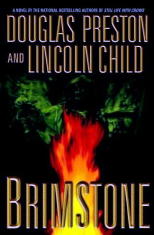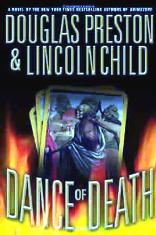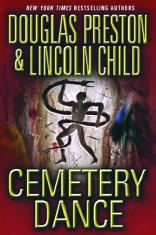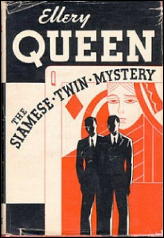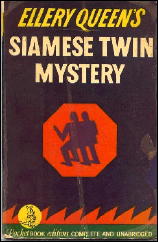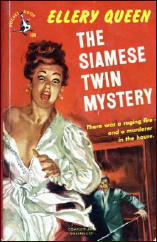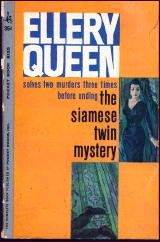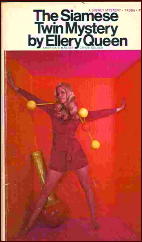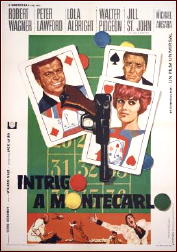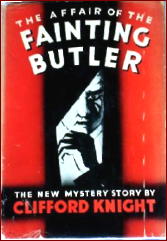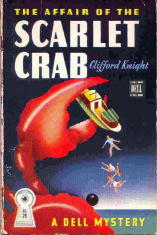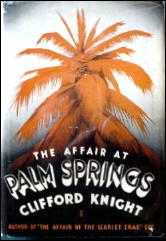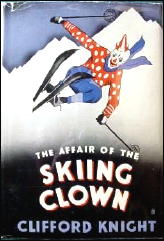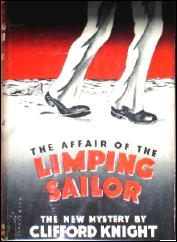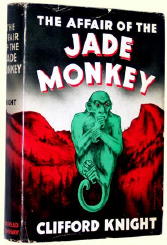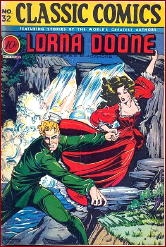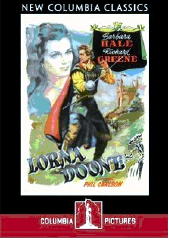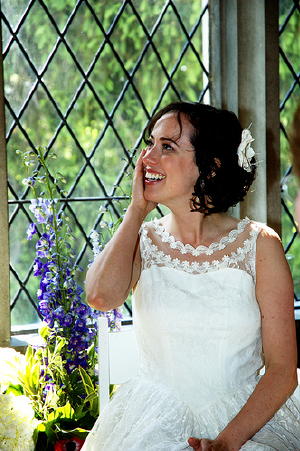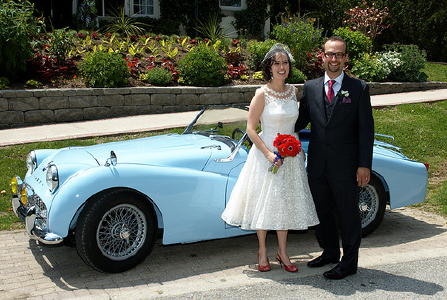A REVIEW BY FRANCIS M. NEVINS, JR.
JAMES ELLROY – Suicide Hill. Mysterious Press, hardcover, 1986; paperback, April 1987. Reprinted in hardcover with Blood on the Moon and Because the Night as L. A. Noir, Warner, 1998. Trade paperback reprint: Vintage, 2006.
– Reprinted from The MYSTERY FANcier, Vol. 9, No. 2, March/April 1987.
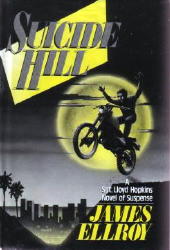
Readers and moviegoers of the nineteen forties and fifties didn’t know it at the time, but they were living through the first wave of the harsh, moody, downbeat suspense novels and films we now describe as noir.
Since around 1970 we’ve been battered by a second wave of noir in print and on the screen: Joseph Wambaugh, George V. Higgins, Elmore Leonard, James Crumley, Dirty Harry, The French Connection, Death Wish, Chinatown, Taxi Driver, Body Double — only this time the imagery is in color, not black-and-white, the sex and violence are graphic, not poetic, and the sense of sleaze is overpowering.
For better or worse, it’s the books and films of the neo-noir configuration that most vividly shape our perception of American urban life today.
James Ellroy is part of that configuration. He was born in 1948 and marked forever at age ten when his mother was strangled to death by a man she’d picked up in a bar. He drifted into the hippie-druggie subculture of the Vietnam years.
“From ’65 to ’77,” he says, “I lived mostly on the streets, flopping out in parks, with about fifty arrests for drunk, trespassing, shoplifting, disturbing the peace, and other Mickey Mouse, booze-related misdemeanors. I imagine I did a total of about six months’ county jail time.
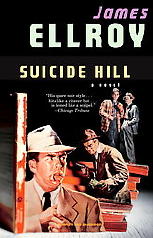
“I almost croaked from a series of booze- and dope-related maladies early in ’77. Realizing that it was live or die, I opted for life. I’ve been sober since August of ’77.”
He began writing a year or two later. Suicide Hill is his fifth novel in as many years and the third of his police procedurals featuring L.A.P.D. detective sergeant Lloyd Hopkins, Los Angeles’ version of Dirty Harry.
The Hopkins books are contrapuntally structured, with the alternation of perpetrator-cop-perpetrator-cop chapters borrowed from Wambaugh’s 1974 classic, The Onion Field, and are punctuated with blood orgies borrowed from neo-noir movie directors like Brian De Palma.
By Ellroy’s standards the first half of Suicide Hill is quiet and almost sedate, introducing the sleaze ball cast — a white psycho, a Chicano psycho, the Chicano’s weak-willed kid brother, the coked-out porn video star by whom the white psycho is obsessed, a call girl with a master’s in economics and a habit of reading George Gilder’s capitalist manifestos between tricks — and setting us up for confrontations between each of these characters and Crazy Lloyd Hopkins.
The blood and brains flow in earnest during the book’s second half, with five gruesome killings between pages 149 and 168 alone, as Hopkins comes closer and closer to the showdown which, for weird reasons of his own, Ellroy never lets happen.
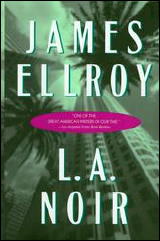
Crazy Lloyd is a walking time-bomb, clearly just as sick as the pervs and perps he deals with. He routinely commits burglary to obtain evidence and perjury to get convictions. He fantasizes maiming the people he hates, such as a left-wing lawyer or his estranged wife’s new lover, and every so often he makes good on his dreams.
Ellroy draws all sorts of parallelisms between cops and creeps, but at the same time he wants us to accept Hopkins as a Jesus of the gutters, the way Wambaugh portrays his own police heroes. It’s one of Suicide Hill‘s many weaknesses that Ellroy never fuses the two sides of his protagonist’s character into a unity.
There are other problems, too: key scenes that are nearly incomprehensible, slipshod construction in spots, constant grammatical flubs that betray the white heat in which the book was written. And yet with all its faults this book has power. Ellroy is a master of the single most crucial neo-noir skill: he can make the nightworld of sleaze and street monsters come alive on the page.
At one point he has a character “wondering if the world was nothing but wimps, pimps, psychos and sex fiends.”
For Ellroy, child of violence and the city, the answer is Yes, and so far he has not conjured up an effective redeemer. If you can stand the relentless assault, on every level from physical butchery to sex abuse to four-, ten-, and twelve-letter words to racist humor, this is a perversely fascinating evocation of a world gone mad.
Bibliographic Update: The three novels included in L. A. Noir (see above), were the only appearances of Sgt. Lloyd Hopkins in print.


